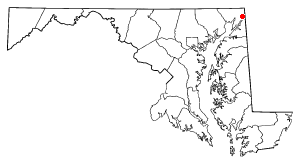Difference between revisions of "Chapter 38: 382-390"
m (→Page 390: format, caption) |
Greenlantern (Talk | contribs) (→Page 387) |
||
| Line 1: | Line 1: | ||
| + | ==Page 382== | ||
| + | '''Musketoon'''<br> | ||
| + | The musketoon is a shorter barrelled version of the musket, and served in the roles of a shotgun or carbine. Musketoons could be of the same caliber as the issue musket, or of a much larger caliber, 1.0-2.5 inches (25-63 mm). The musketoon is most commonly associated with naval use, and pirates in particular, though they also served in a carbine role with cavalry. Musketoon barrels were often flared at the muzzle, resembling a cannon or blunderbuss. From [http://en.wikipedia.org/wiki/Musketoon WIKI] | ||
| + | |||
| + | ==Page 383== | ||
| + | |||
| + | ==Page 384== | ||
| + | |||
| + | ==Page 385== | ||
| + | |||
| + | ==Page 386== | ||
| + | |||
==Page 387== | ==Page 387== | ||
'''genuine Damascus Steel'''<br> | '''genuine Damascus Steel'''<br> | ||
| Line 5: | Line 17: | ||
'''Frowline'''<br> | '''Frowline'''<br> | ||
An English rendering of "fraulein", German for woman. | An English rendering of "fraulein", German for woman. | ||
| − | |||
| − | |||
==Page 390== | ==Page 390== | ||
Revision as of 09:48, 9 October 2009
Contents
Page 382
Musketoon
The musketoon is a shorter barrelled version of the musket, and served in the roles of a shotgun or carbine. Musketoons could be of the same caliber as the issue musket, or of a much larger caliber, 1.0-2.5 inches (25-63 mm). The musketoon is most commonly associated with naval use, and pirates in particular, though they also served in a carbine role with cavalry. Musketoon barrels were often flared at the muzzle, resembling a cannon or blunderbuss. From WIKI
Page 383
Page 384
Page 385
Page 386
Page 387
genuine Damascus Steel
Damascus steel is a steel used in Middle Eastern swordmaking from about 1100 to 1700 AD. Damascus swords were of legendary sharpness and strength, and were apocryphally claimed to be able to cut through more "ordinary" European swords and even rock. The exact technique used to create original Damascus steel is up for debate.
Frowline
An English rendering of "fraulein", German for woman.
Page 390
Elkton
Probably Elkton, Maryland.
